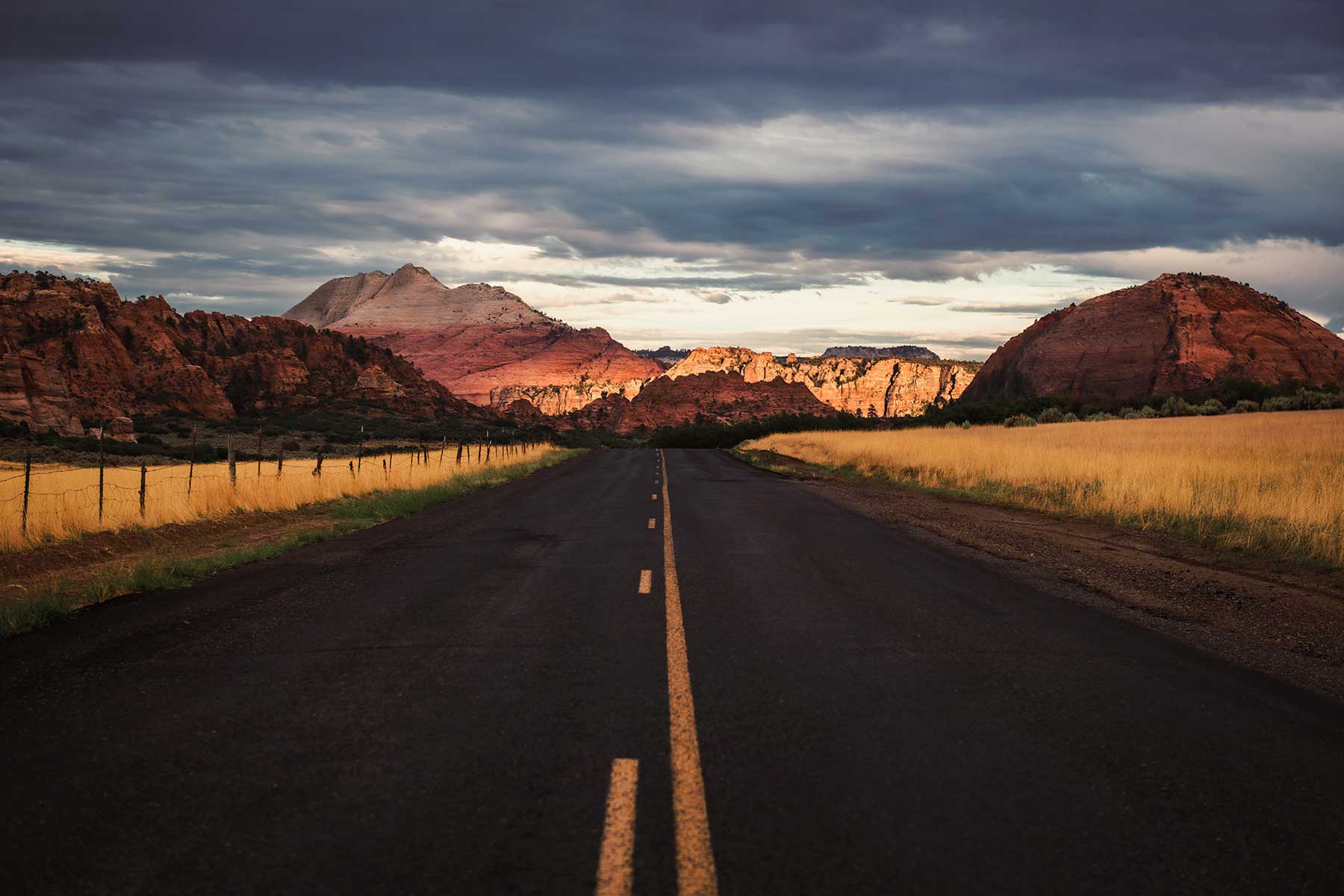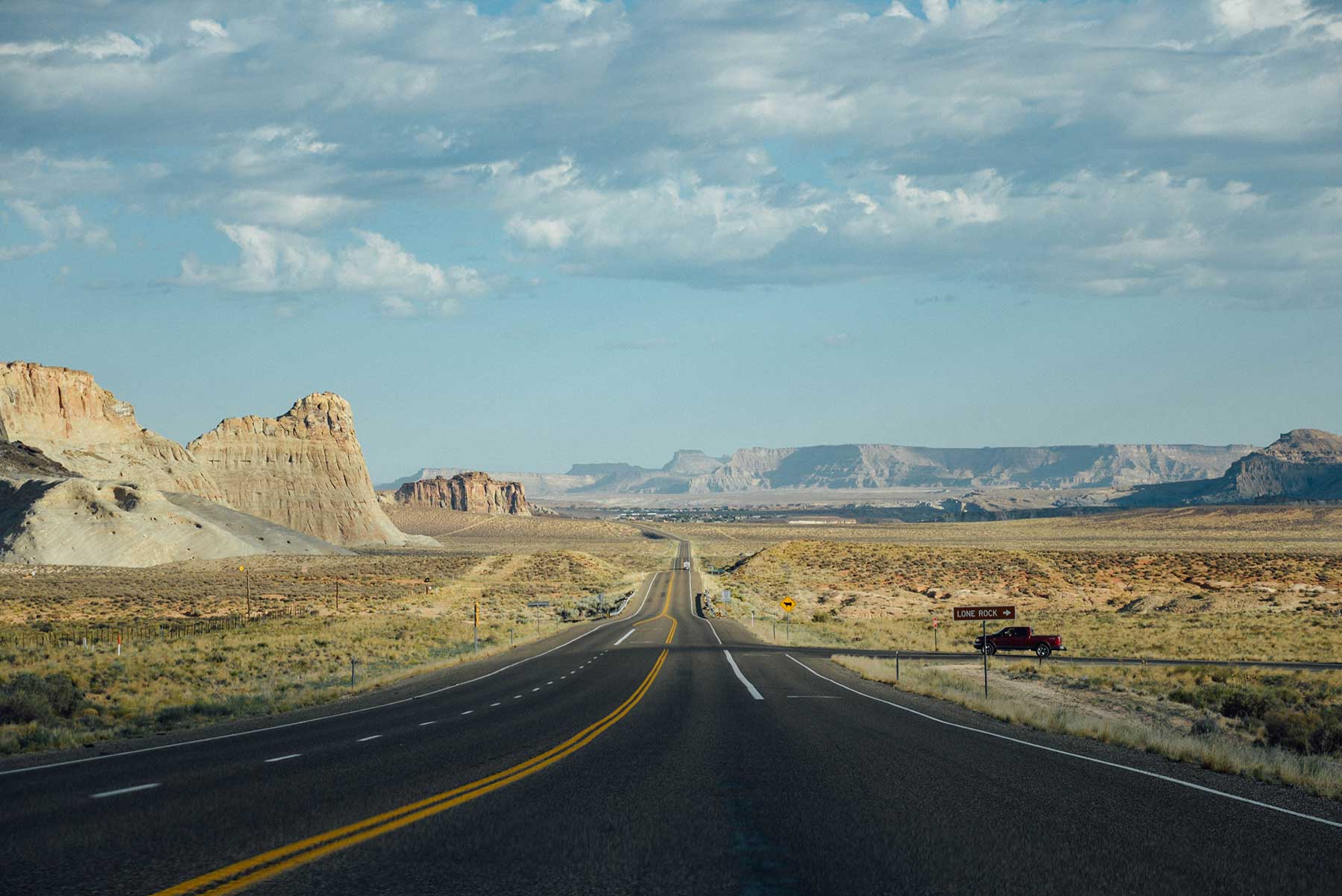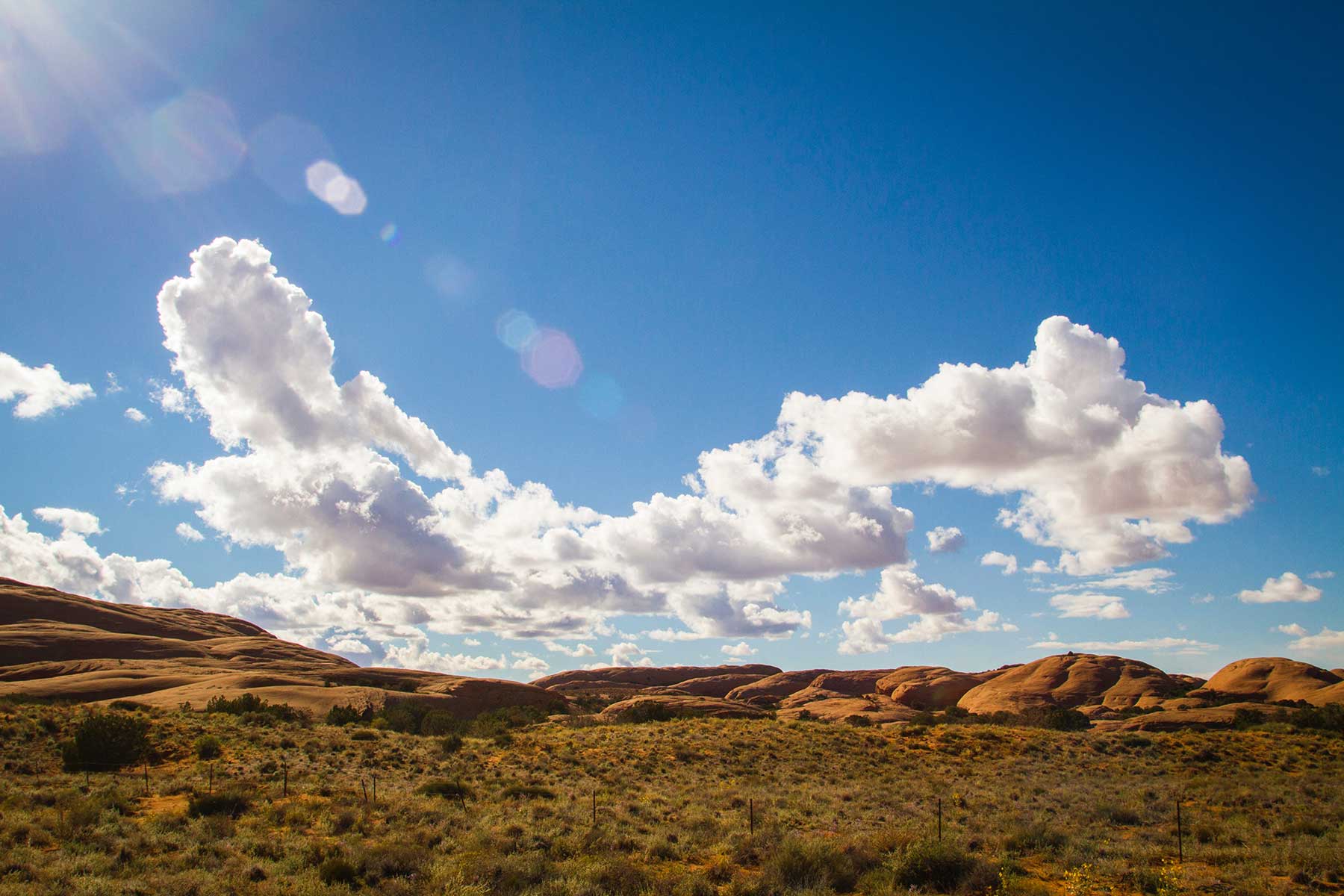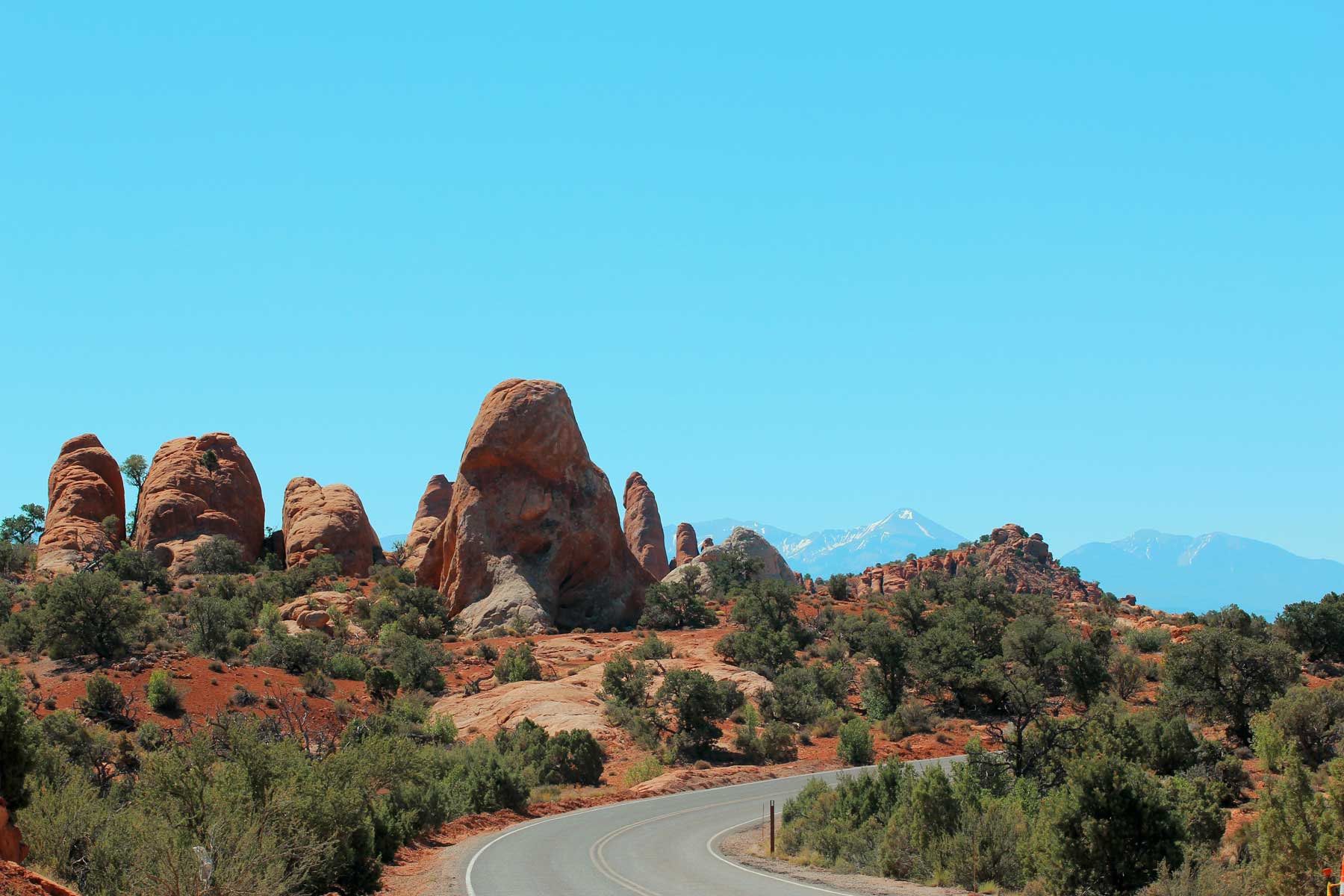Sales of digital billboard ad space are soaring, but most cities and towns have not updated their digital sign ordinances. Now is a good time to do it!
If your gut is telling you that post-pandemic billboard advertising is on the rise, you’d be right. Across Utah, dormant “This Space Available” billboards are growing scarce.
According to the Outdoor Advertising Association of America, Out of Home Advertising (OOH) revenues rebounded in 2022, growing by more than 25 percent, comparable to OOH’s record-breaking 2019 revenues of $6.4 billion. And in the first quarter of 2023, OOH revenues are up by one percent over the same period last year.
If you’re also noticing more digital signage, your intuition is two for two. The hottest segment of OOH advertising is digital. Sales associated with those constantly cycling, multi-message electronic billboards jumped more than 14 percent in 2022.
With these distressing trends in mind, now is a good time for Utah communities to review their billboard policies, and in particular their ordinances governing digital signage.
Most cities and towns in Utah have not updated their sign and billboard ordinances to reflect the growing impacts of digital. Sadly, where ordinances lack specific language prohibiting or clearly regulating electronic and other types of signs, it’s “Anything Goes” – and municipalities have little or no ability to stop the digital creep.
Once a digital billboard is installed, it is effectively a permanent structure. And thanks to persistent lobbying by industry, removing a billboard – especially a digital one – is prohibitively expensive for most Utah municipalities.
Cities seeking to ban or halt digital billboards should consider adding language to their ordinances that prohibit existing “grandfathered” (legal nonconforming) billboards from being converted to digital. One Utah municipality’s ordinance, for example, includes in its list of ‘Prohibited Signs’: “Digital or electronic billboards of any kind, including conversion of existing billboards to digital, of any size or any description, irrespective of the underlying zone.”
Some cities, where outright bans are not politically feasible, are encouraging the retirement of traditional billboards in exchange for a lesser number of digital replacements. In other words, use billboard companies’ conversion requests as a negotiating opportunity. With the right guardrails in place, cities can trade a handful or more of traditional billboards for a single new (and well-regulated) digital sign.
For other tips, information, and best practices for managing OOH advertising and the onslaught of digital, check out Scenic Utah’s Primer for Local Governments. Written by planning professionals who understand Utah's complex billboard statutes, it includes guidance, definitions, cautions, resources, and checklists for getting started. You can also contact Scenic Utah directly; their expert billboard team is always available to work with towns and cities on specific OOH challenges and opportunities.





